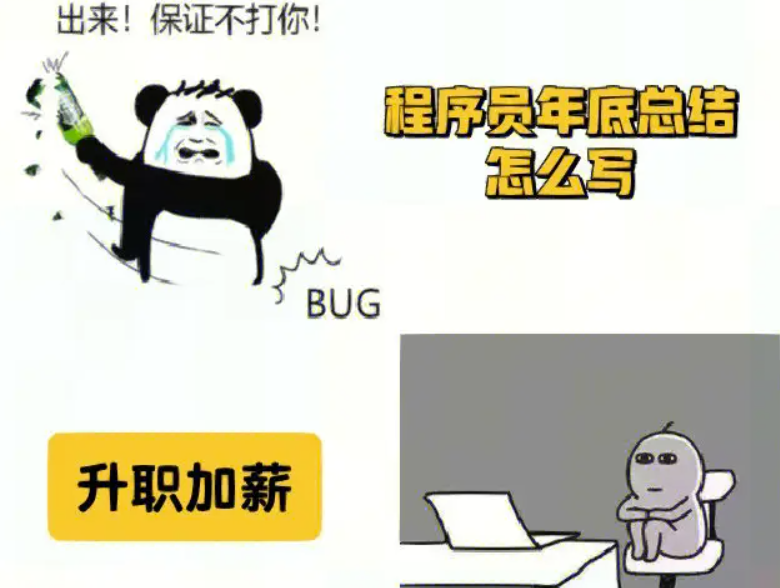以下是将以上全部接口封装在一个类中的示例代码:
#include <open62541/client.h>
class OPCUAClient {
public:
OPCUAClient() {
client = UA_Client_new();
subscriptionId = 0;
}
~OPCUAClient() {
if (client) {
UA_Client_delete(client);
}
}
bool connect(const char* url) {
UA_StatusCode status = UA_Client_connect(client, url);
return status == UA_STATUSCODE_GOOD;
}
bool disconnect() {
UA_Client_disconnect(client);
return true;
}
bool readValueAttribute(UA_NodeId nodeId, void* value) {
UA_ReadValueId readValueId;
readValueId.nodeId = nodeId;
readValueId.attributeId = UA_ATTRIBUTEID_VALUE;
UA_ReadRequest request;
request.nodesToRead = &readValueId;
request.nodesToReadSize = 1;
UA_ReadResponse response = UA_Client_Service_read(client, request);
if (response.responseHeader.serviceResult == UA_STATUSCODE_GOOD &&
response.resultsSize > 0 && response.results[0].hasValue &&
response.results[0].value.hasValue)
{
*(static_cast<UA_Int32*>(value)) =
*static_cast<const UA_Int32*>(response.results[0].value.data);
return true;
}
return false;
}
bool writeValueAttribute(UA_NodeId nodeId, const void* value) {
UA_WriteValue writeValue;
writeValue.nodeId = nodeId;
writeValue.attributeId = UA_ATTRIBUTEID_VALUE;
// Set the value to be written
writeValue.value.hasValue = true;
writeValue.value.value.type = &UA_TYPES[UA_TYPES_INT32];
writeValue.value.value.data = const_cast<void*>(value);
UA_WriteRequest request;
request.nodesToWrite = &writeValue;
request.nodesToWriteSize = 1;
UA_WriteResponse response = UA_Client_Service_write(client, request);
return response.responseHeader.serviceResult == UA_STATUSCODE_GOOD;
}
bool addVariableNode(const char* nodeUri, const char* parentNodeUri) {
// TODO: Implement the logic to add a variable node
return false;
}
bool deleteNode(const char* nodeUri) {
// TODO: Implement the logic to delete a node
return false;
}
bool readValueAttributeAsync(UA_NodeId nodeId, void* value) {
// TODO: Implement the logic to asynchronously read value attribute
return false;
}
bool writeValueAttributeAsync(UA_NodeId nodeId, const void* value) {
// TODO: Implement the logic to asynchronously write value attribute
return false;
}
bool createSubscription(UA_CreateSubscriptionRequest subscriptionReq) {
UA_CreateSubscriptionResponse subscriptionRes =
UA_Client_Subscriptions_create(client, subscriptionReq);
if (subscriptionRes.responseHeader.serviceResult == UA_STATUSCODE_GOOD) {
subscriptionId = subscriptionRes.subscriptionId;
return true;
}
return false;
}
bool deleteSubscription() {
if (subscriptionId > 0) {
UA_StatusCoce status =
UA_Client_Subscriptions_delete(client, subscriptionId);
if (status == UA_STATUSCODE_GOOD) {
subscriptionId = 0; // Reset the subscription ID
return true;
}
}
return false;
}
bool createMonitoredItem(UA_MonitoredItemCreateRequest itemReq) {
// TODO: Implement the logic to create a monitored item
return false;
}
// Add more member functions for other APIs
private:
UA_Client* client;
uint32_t subscriptionId;
};
int main() {
OPCUAClient client;
// Connect to the OPC UA server
if (client.connect("opc.tcp://localhost:4840")) {
// Read value attribute
UA_NodeId nodeId = UA_NODEID_NUMERIC(1, 1001);
UA_Int32 value;
if (client.readValueAttribute(nodeId, &value)) {
// Do something with the value
printf("Value: %d\n", value);
} else {
printf("Failed to read value attribute.\n");
}
// Write value attribute
UA_Int32 newValue = 42;
if (client.writeValueAttribute(nodeId, &newValue)) {
printf("Value written successfully.\n");
} else {
printf("Failed to write value attribute.\n");
}
// Disconnect from the OPC UA server
client.disconnect();
} else {
printf("Failed to connect to OPC UA server.\n");
}
return 0;
}
请注意,上述代码仅为示例,并未完整实现所有接口的封装逻辑。具体的实现取决于你所使用的 OPC UA 客户端库和需求。
内容由零声教学AI助手提供,问题来源于学员提问


![驱动代码
void kalRxTaskletSchedule(struct GLUE_INFO *pr)
{
static unsigned int num = 0;
tasklet_hi_schedule(&pr->rRxTask[(num++)%NR_CPUS]);
// tasklet_hi_schedule(&pr->rRxTask);
DBGLOG(HAL, ERROR,](https://linuxcpp.0voice.com/zb_users/upload/2023/05/202305162226144313964.png)

















